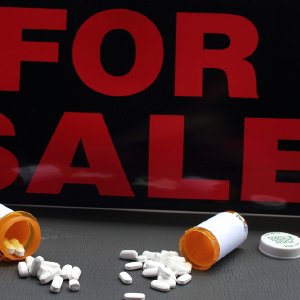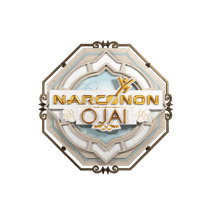Johnson & Johnson and Major Distributors Agree to $26 Billion Settlement for Role in Opioid Epidemic
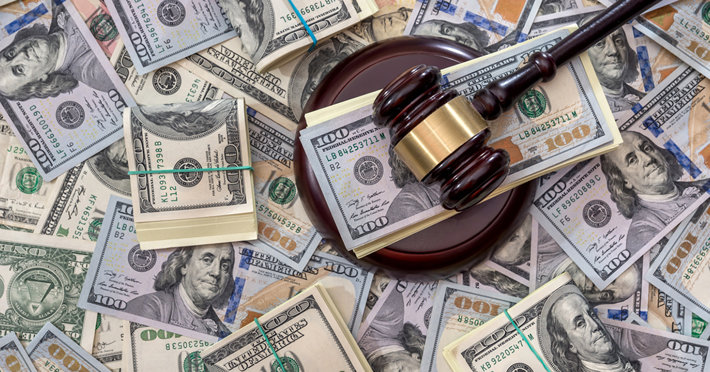
It is not every day that the U.S. sees a landmark legal case in which major corporations are held accountable to the tune of tens of billions of dollars. But given the harm that drug manufacturers and distribution conglomerates caused in creating and fueling the opioid addiction epidemic, it’s no mystery that there is a degree of corporate accountability in America’s addiction crisis.
After more than two decades of the opioid epidemic ravaging America, thousands of plaintiffs from across the nation were finally able to breathe a sigh of relief. One of this nation’s most significant legal cases came to a close, ending in a degree of culpability for the pharma giants that helped create the epidemic of addiction.
All that remains is ensuring those still affected by the opioid epidemic get professional help.
A Landmark Settlement, the Biggest in Pharma in History
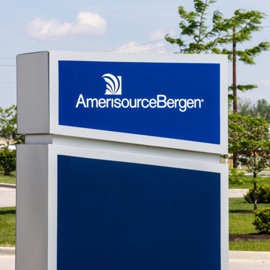
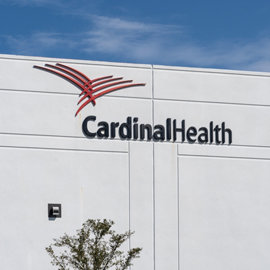
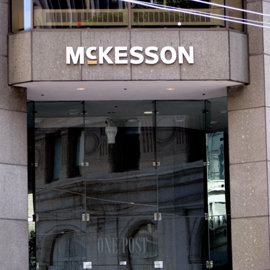
A landmark legal settlement came to a close in late February 2022, a case that involved Johnson & Johnson and three major pharmaceutical drug distributors (AmerisourceBergen, Cardinal Health, and McKesson). The settlement’s close frees up a groundbreaking $26 billion in funds for plaintiffs, the largest settlement to date. The settlement funds are designed to help reverse the opioid crisis in regions of the U.S. that have been most devastated by it, including many parts of rural America.
The settlement funds will not go directly to victims of the opioid crisis; rather, the funds will be disbursed to the counties, cities, and states that filed suit against the pharma giants. The settlement money will be used to set up treatment centers, provide housing for addicts, train treatment providers, expand existing treatment center capacity, and fund public education campaigns to warn about fentanyl and other drugs. Some of the funds will also go to programs that collect data on treatment and prevention efforts, so public health officials and policymakers can monitor what treatment and prevention strategies work and replicate those strategies for future generations.
The settlement goes beyond the money being disbursed. As a part of the settlement, J&J has stopped selling prescription opioids and has agreed it will not resume making or selling opioids in the future. Also, the three distributors agreed to send data to a special clearinghouse intended to alert the authorities whenever prescription drugs are diverted to the black market (this often complicit diversion is a big part of what landed the distributors in court in the first place).
While the companies are not being forced to admit wrongdoing, the settlement is seen as a victory for those harmed by opioid drugs. For example, the settlement is arranged to directly benefit opioid addicts, their families, and the future health and safety of the states and communities most harmed by the opioid epidemic. This settlement is quite different from previous settlements of a similar nature, like the Big Tobacco settlements of the 1990s, in which settlement money went to fill gaps in state fiscal budgets. In the J&J/pharma distributor settlement, the funds will go directly to campaigns and programs that will benefit those who suffer from opioid addiction.
“Some kind of national board or organization could be set up ... to prevent this kind of lack of oversight from happening again – where industry is allowed to create a public health hazard.”
Finally, medical experts are signaling that some of the funds should go to programs that can ensure such a dramatic public injustice is never committed again. Quoting John F. Kelly, a professor of addiction medicine at Harvard Medical School, “Some kind of national board or organization could be set up ... to prevent this kind of lack of oversight from happening again – where the industry is allowed to create a public health hazard.”
What Defines Opioids and What Makes Them Dangerous
Opioids are a class of drugs naturally found in the opioid poppy plant. The drugs work in the brain to produce various physiological and psychological effects, including pain relief and euphoria. Opioids can appear in street drugs like heroin, or in the form of prescription pain relievers like OxyContin and Vicodin.
Americans must understand that even prescription opioids are dangerous. These are the drugs that, in many ways, launched the brutal, lethal opioid epidemic. Regular use of prescription pain relievers, even when being used exactly as prescribed, can increase tolerance and dependence. When tolerance and dependence go up, the user requires higher and more frequent doses of the drug to get the same effects from it.
The more one uses prescription opioids; the more likely they will develop an addiction. But even when just used once, these drugs pose serious risks to one’s health. Opioids can restrict the user’s ability to breathe when taken at a higher dose. Using too much of the drug at once can lead to a fatal overdose, as the risk of respiratory depression (a cessation in breathing and heart rate) is always present.
A Brief Outline of the Opioid Epidemic

Johnson & Johnson, AmerisourceBergen, Cardinal Health, and McKesson were litigated against because of the key role pain relievers played in the opioid addiction epidemic. The epidemic began in the late-1990s, and it mainly began with opioid painkillers. Painkiller manufacturers began pushing and encouraging doctors to prescribe more painkillers, and pharma distributors looked the other way when obscenely large orders of painkillers were placed, often with batches of painkillers going missing along the way.
Further, the sudden upsurge in opioid painkiller disbursement also led to a surge in heroin addiction. When Americans became hooked on pharmaceutical opioids but could no longer get them, heroin was the next best substitute. Then, in the mid-2010s, synthetic opioids came on the scene, illicitly made fentanyl and other opioids analogs made by clandestine drug labs and sold on the black market.
According to the Centers for Disease Control and Prevention, at least 500,000 Americans died from overdoses involving opioids between 1999 and 2019, with that number expected to increase in the coming years if action is not taken to prevent opioid overdoses and treat the millions of Americans who are currently addicted to opioids.
Addiction Treatment Is the Helping Hand for Those Hooked on Opioids
It is a meaningful cause to litigate against pharmaceutical companies to hold them accountable for their role in creating the opioid epidemic. Doing so can help facilitate reparations for the victims of the epidemic. It can help set a precedent for legal action that may deter future corporations from creating similar epidemics.
However, suing pharma corporations does not help those who need help for opioid addiction right now. For those currently struggling with opioid addiction, it is of the utmost importance that they receive quality treatment at a drug and alcohol rehab center as soon as possible. If you know someone struggling with opioid addiction, please help them get into a drug rehab center today. Doing so could be a lifesaving decision.
Sources:
- https://apnews.com/article/coronavirus-pandemic-business-health-opioids-camden-dec0982c4c40ad08b2b30b725471e000
- https://www.cdc.gov/drugoverdose/epidemic/index.html

